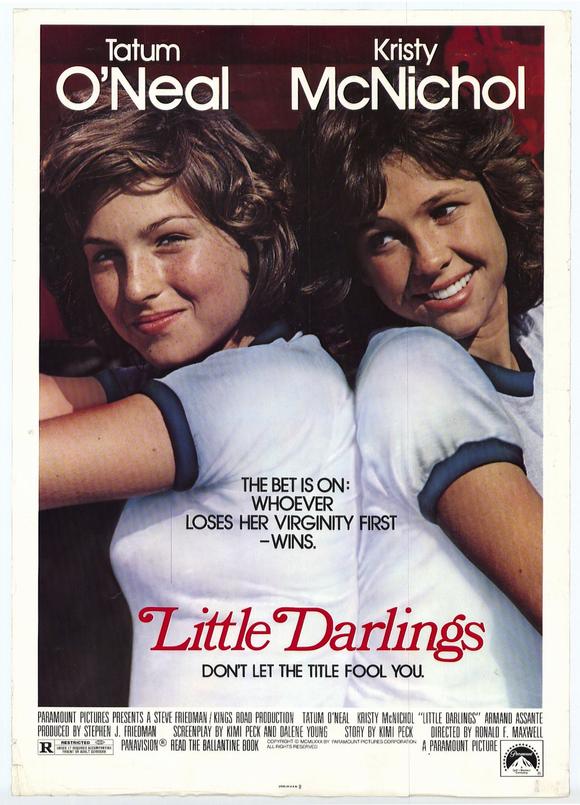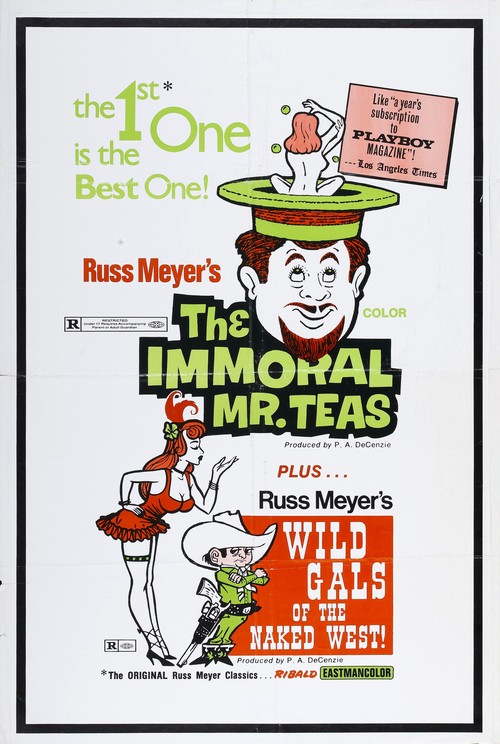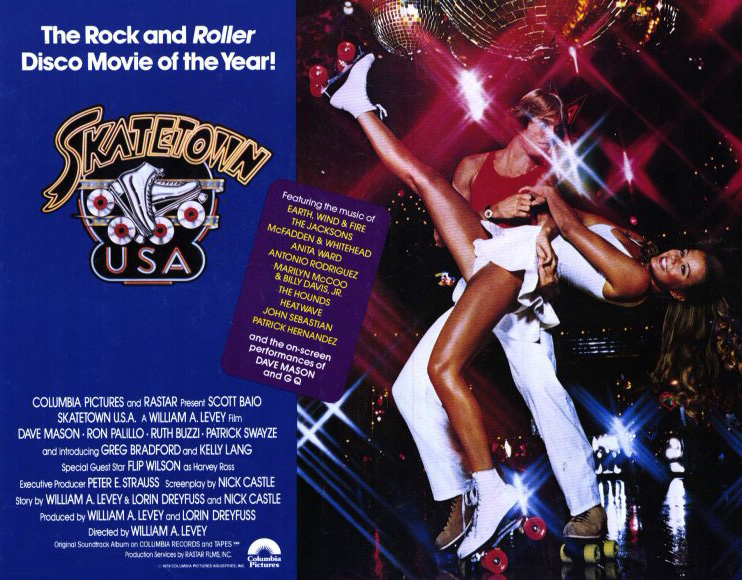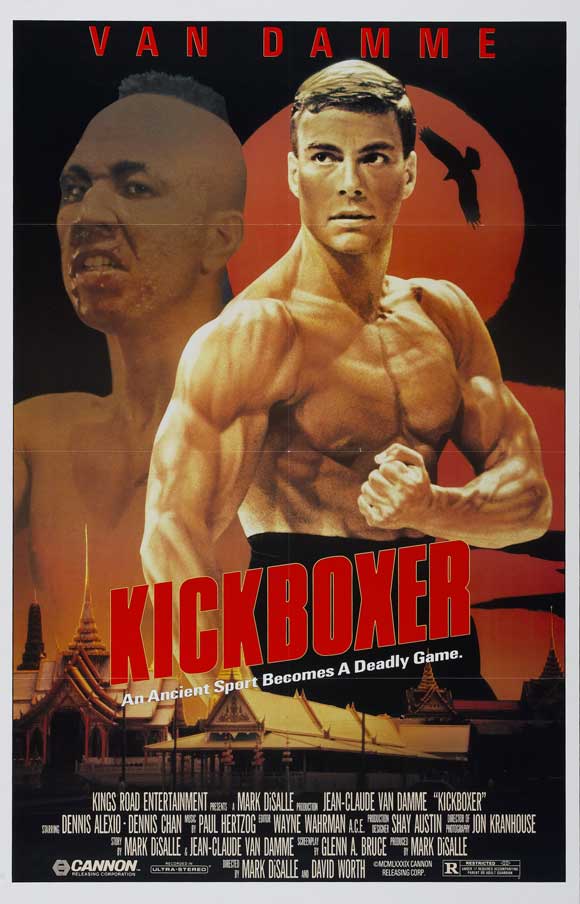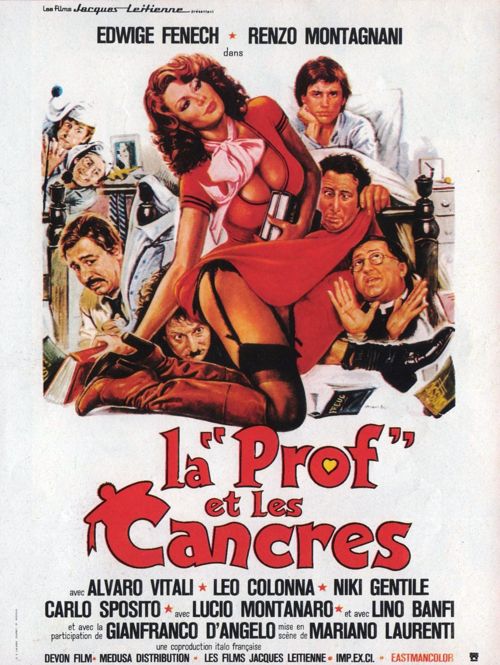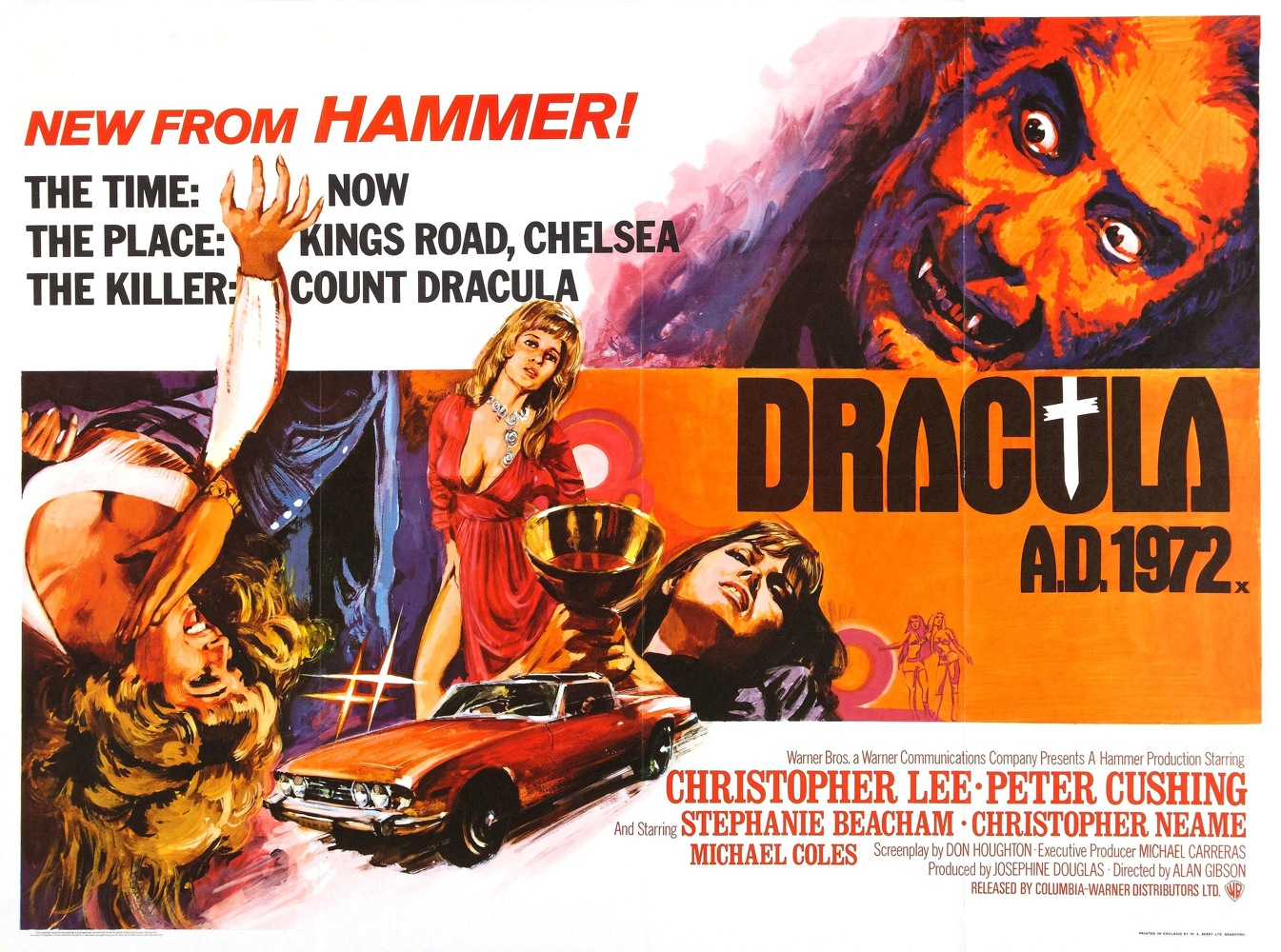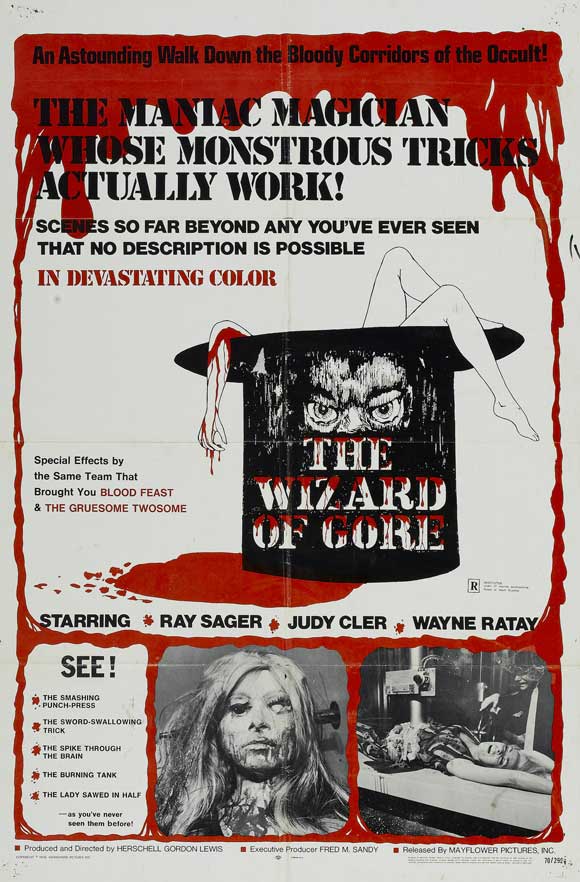The ABCs of B-Movie Bullsh*t -- P is for Poster
 Monday, September 12, 2011 at 6:00AM
Monday, September 12, 2011 at 6:00AM P
is for Poster
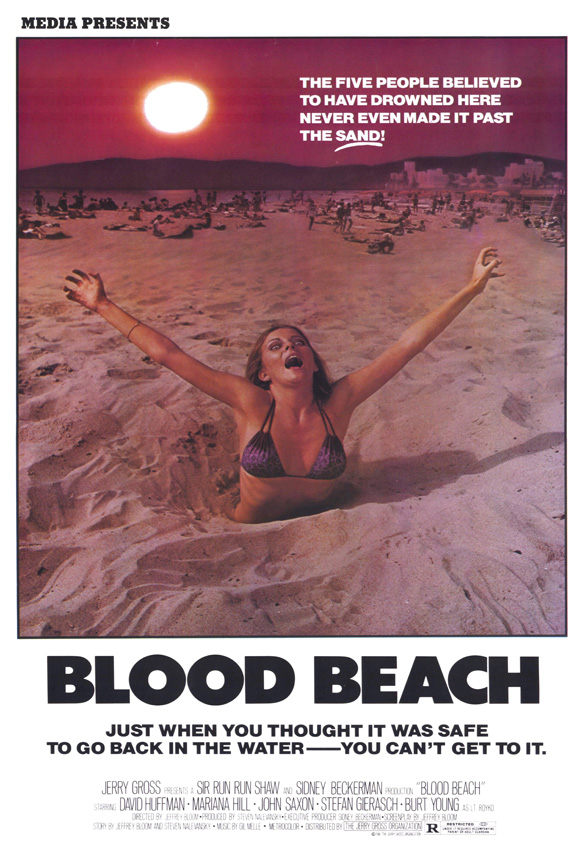
I suppose it is possible to be a fan of B-Movies and care not one whit about how they were marketed, but I truly do not understand how. For me, B-Movie advertising is such an essential part of what I love about the field that if I actually had to choose between it and the films themselves, I would have to think about it.
And then I’d pick the marketing.
If you’ve searched around Vanity Fear, you’ve probably come across my bio, in which I describe how my obsessions came to be. The truth is that I became a fan of B-Movies as an idea long before I’d seen enough of them to appreciate them on their own merits. And the reason for this is because of how ably producers and distributors were able to excite my imagination with their advertising.
In a world where the product was so often lacking, a good poster often meant the difference between success and failure. To my mind the best of their kind aren’t actually selling a movie, but a dream. The fact that the films almost never live up to them is irrelevant, as the art of the poster is just as satisfying, if only for inspiring the movie you got to see play in your own imagination.
When I was a kid, video stores were my favourite places in the world. There were literally dream emporiums, filled with shelf after shelf of video covers specifically designed to demand my attention. Today I relive that sensation by visiting a site like Wrong Side of the Art, and collecting posters myself. At this point my collection far outnumbers my ability to display it, but I am helpless to the pursuit. The movies can never be anything but what they actually are, but the posters will always be whatever we want them to be.
P
is for Poster
and
Poster
is
Perfection
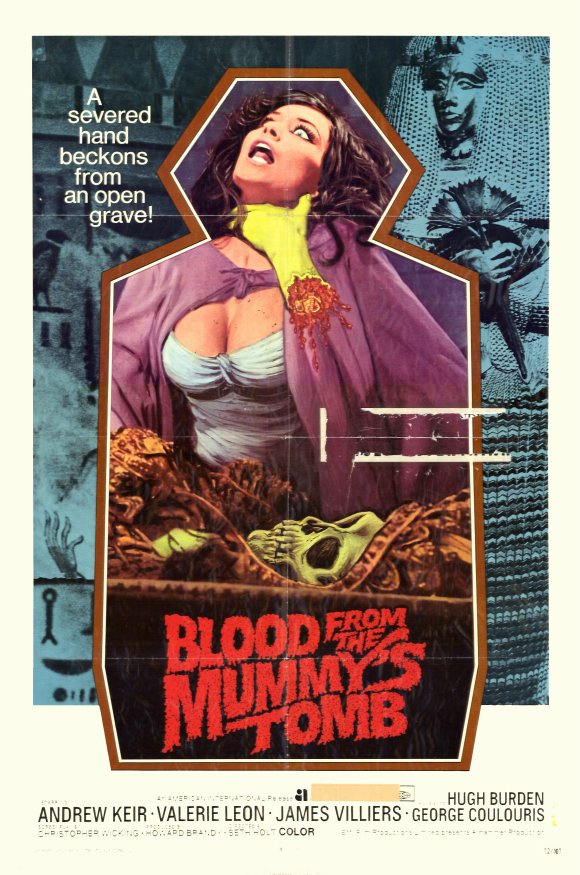
 ABCs,
ABCs,  B-MOVIE BULLSH*T,
B-MOVIE BULLSH*T,  Bullsh*t Lists,
Bullsh*t Lists,  Posters in
Posters in  ABCs,
ABCs,  B-Movies,
B-Movies,  Bullsh*t Lists
Bullsh*t Lists 
